
Over an 18-month period, patients demonstrated significant increases in ON time with bemdaneprocel, even after stopping immunosuppressives 1 year into treatment.

Over an 18-month period, patients demonstrated significant increases in ON time with bemdaneprocel, even after stopping immunosuppressives 1 year into treatment.
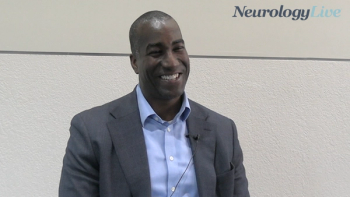
The medial director of Novartis talked about findings from a real-world study assessing ofatumumab treatment for multiple sclerosis presented at the 2024 ACTRIMS Forum. [WATCH TIME: 3 minutes]
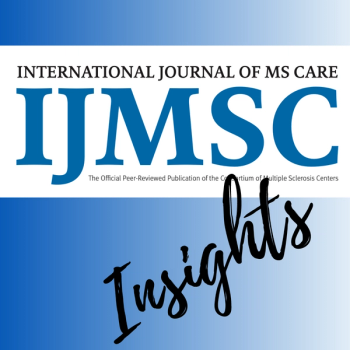
A new feature on NeurologyLive®, IJMSC Insights offers a closer look at the latest research and the people behind it from the community of the International Journal of Multiple Sclerosis Care (IJMSC) and the Consortium of Multiple Sclerosis Centers (CMSC).

The phase 2 multisite trial is expected. to include 498 patients to assess the efficacy, safety, and tolerability of Lu AG09222 as a potential migraine preventive.

The FDA recently issued revised draft guidance to assist drug companies in developing treatments for early Alzheimer disease, focusing on diagnostic criteria, clinical staging, and outcome measures.

New findings from a phase 1b/2a study showed that NodThera's NT-0796, an oral NLRP3 inflammasome inhibitor, reduced inflammatory biomarkers among patients with Parkinson disease.
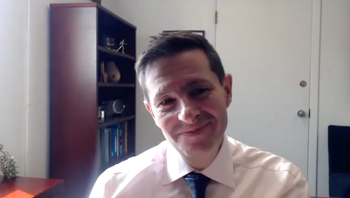
The associate professor of neurology at the Cleveland Clinic Lerner College of Medicine discussed several notable presentations and topics from the 2024 ACTRIMS Forum, highlighting advances in MS care. [WATCH TIME: 9 minutes]
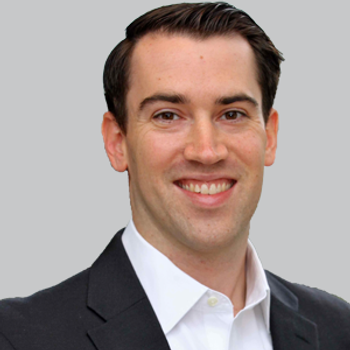
Tim Siegert, PhD, chief operating officer and co-founder of Allyx Therapeutics, provided commentary on the recently announced positive phase 1b results for ALX-001, an agent in development for Alzheimer and Parkinson disease.
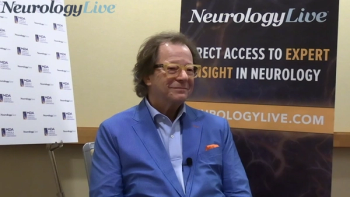
The president and chief executive officer of Satellos Bioscience provided insight on a new small molecule therapy, SAT-3247, in development for patients with muscular dystrophies. [WATCH TIME: 3 minutes]

Over 61.1 patient-years of treatment experience, AOC 1001 was well tolerated in patients with DM1, with nausea and headache the most commonly reported adverse events.

Building on positive phase 1a data, ALX-001 demonstrated target engagement of mGluR5 receptor and maintained a safe profile across multiple doses.
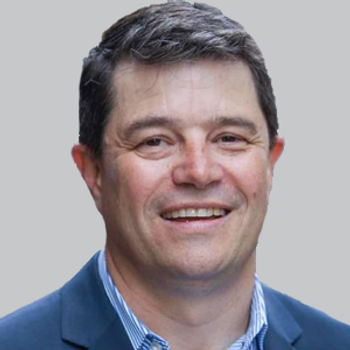
Monepantel, a novel, potent, inhibitor of the mTOR pathway, was safe in patients with ALS, resulting in stabilized ALS Functional Rating Scale scores.
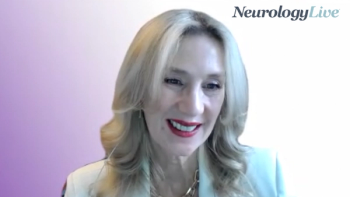
The director of the Adult Genetic Epilepsy Program at the University of Toronto talked about the critical issues experienced by patients who transition from pediatric to adult care in epilepsy. [WATCH TIME: 9 minutes]
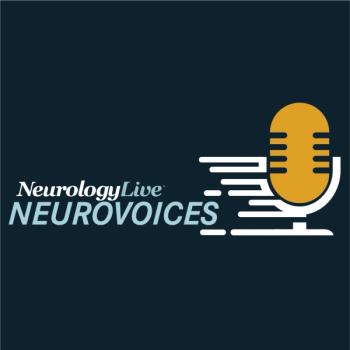
The national medical advisor for the Parkinson's Foundation discussed the importance of continuous and ‘spaced’ physical therapy for Parkinson disease, highlighting the underutilization of this approach.
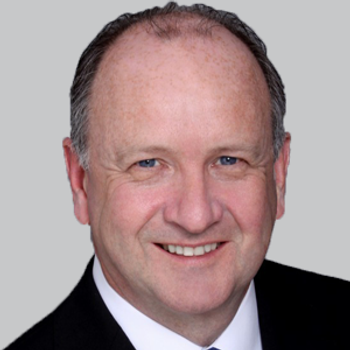
The delivery device is prefilled with the prescribed dose of Acthar Gel in 40- or 80-unit versions, and may help administration of the appropriate subcutaneous dose of Acthar Gel.
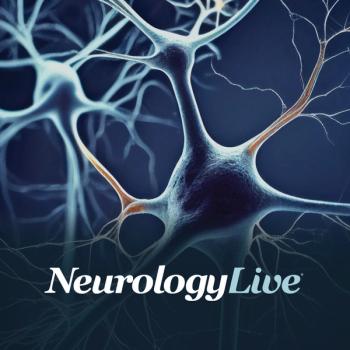
A recent analysis revealed a significant association between neuromyelitis optica spectrum disorder and connective tissue disease in patients diagnosed or suspected with Sjogren syndrome.

Comprised of more than 400 patients with SMA, results showed that wanting to be treated with all possible DMTs was the most common reason for combination therapy.
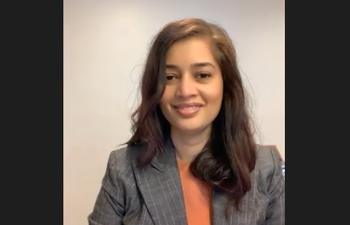
The neurologist and migraine expert at NYU Langone Health provided perspective on TBI Awareness Month and the importance of accurate detection and swift care for trauamatic brain injury. [WATCH TIME: 4 minutes]

A recent study showed that a short self-screening questionnaire boasted high sensitivity and specificity for identifying psychosis among patients with Parkinson disease.

Amanda Peltier, MD, a professor of neurology at Vanderbilt University Medical Center, spoke on current care needs for adults with neuromuscular disorders and the realistic ways to enhance clinical care going forward.

A meta-analysis on studies assessing FDA-approved dual orexin receptor antagonists for insomnia treatment highlighted a greater risk of adverse events, particularly for narcolepsy-like symptoms.

In recent news, the FDA has issued a complete response letter for Vanda Pharmaceuticals' tasimelteon for treating insomnia because of identified deficiencies and cannot be approved in its current form.
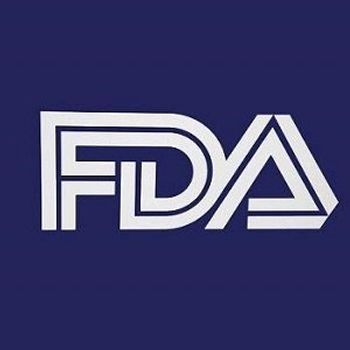
GA Depot, composed of extended-release microspheres administered intramuscularly, typically every 28 days, was expected to result in fewer injection site reactions than other glatiramer acetate products.
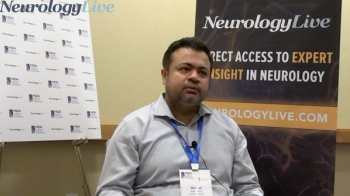
The instructor in the department of cell biology at Emory University provided context on a presentation at MDA 2024 regarding mutations in Kif5a in familial forms of amyotrophic lateral sclerosis. [WATCH TIME: 4 minutes]

Here's some of what is coming soon to NeurologyLive® this week.
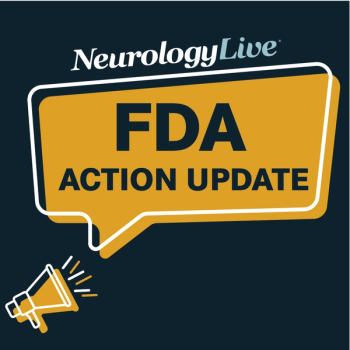
Catch up on any of the neurology news headlines you may have missed over the course of February 2024, compiled all into one place by the NeurologyLive® team.
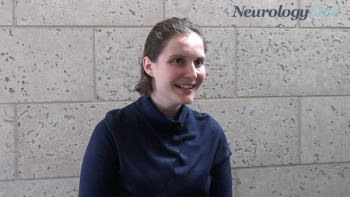
The postdoctoral researcher in the department of neurology at Johns Hopkins School of Medicine discussed findings from a study on the impact of indole 3-lactate supplementation in animal models of multiple sclerosis. [WATCH TIME: 4 minutes]

Test your neurology knowledge with NeurologyLive®'s weekly quiz series, featuring questions on a variety of clinical and historical neurology topics. This week's topic is Purple Day and epilepsy awareness.

Bijoy E. John, MD, founder and medical director of Sleep Wellness Clinics of America (Nashville) and Sleep Fix Academy, discussed the health risks associated with daylight saving time changes.
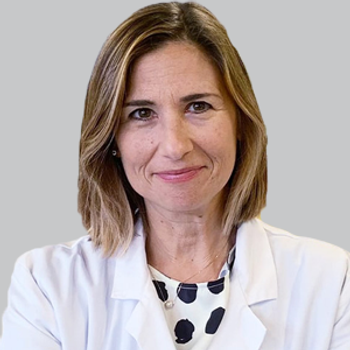
These finding suggest that even immune cells in the brain can play a significant role in the progression of neurodegenerative diseases like FA.